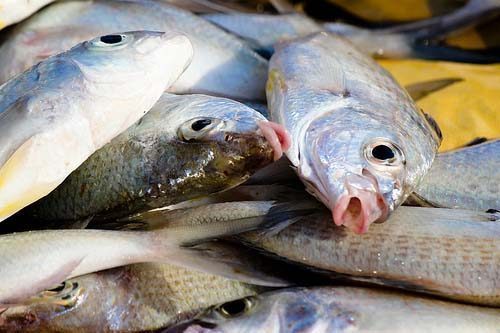
Qatar’s struggle to grow its fish supply is the focus of the last in a five-part series we are producing this week based on data from the 2011 Sustainable Development Indicators report. The report was released earlier this month by the Qatar Statistics Authority and contains various social, economic and environmental indicators. We’ll bring you some of the most interesting findings.
Part 1: Crime | Part 2: Mobile phone usage | Part 3: Gender pay gap | Part 4: Pollution
About a fifth of the fish available in Qatar is from local waters, a figure that the country hopes to boost in the coming years, a new report states – though rising demand amid dwindling supply is a growing problem.
The annual pace of local fishing increased between 2003 and 2008, but saw a drop of 20 percent by 2010, the 2011 Sustainable Development Indicators report shows.
Other Qatar Statistic Authority figures show that the demand for fish in the country has gone up by 20 percent in the past five years and is expected to be double than supply over the next 20 years.
Just this week, Qatar banned the export of Hamour and Safi, two popular varieties of local fish that have seen prices soar in rent months, local media reports.
Earlier this month, the country imposed a 50kg fish limit for vehicles traveling outside of the country.
And in April, the Ministry of Environment said it would stop issuing new fishing licenses for the next decade in an effort to protect depleting fish reserves.
Projects to increase the number of fish in Qatar’s waters and protect local marine life are underway to help the country move toward self sufficiency in fish, the development report states.
But efforts to cultivate fish have not been very successful; the MOE reports that few fish have been able to survive a salty seawater environment.
Here’s the report:
Thoughts?
Credit: Photo by Omar Chatriwala







